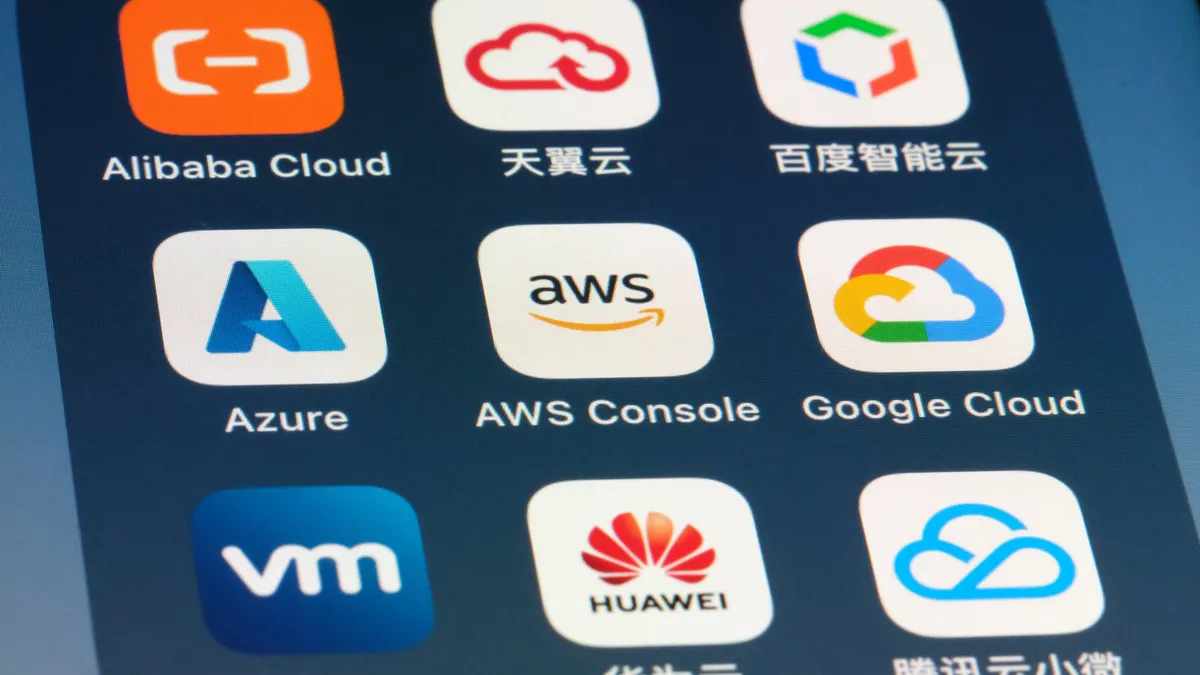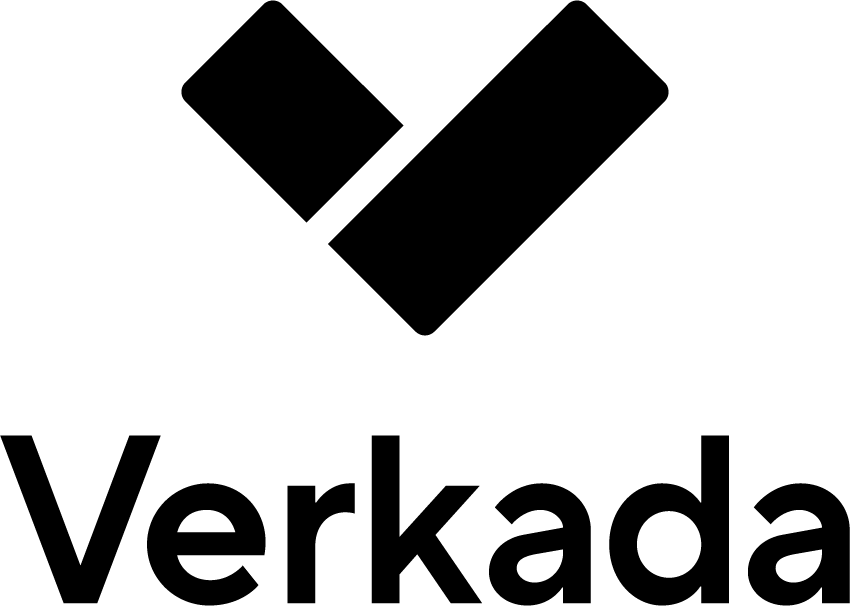ORLANDO, Fla. – Managing cloud spend will become a key focus for enterprises rolling out AI functionality, and it’s a challenge that’s top of mind for IT leaders.
Shanthi Pudota, chief data officer at the Bank of Oklahoma, said cloud will be foundational for deploying AI at scale. That means employing different strategies for managing cloud spend is “pretty high” on her agenda.
“With AI, [cloud spend] is going to be exponentially higher if we don’t manage it well,” Pudota said, speaking Monday at the Gartner IT Symposium/Xpo in Orlando, Florida. “So really understanding our use cases, having visibility into it and going into it with our eyes open so there are no surprises later in terms of how we manage it.”
IT public cloud spending will exceed over $1 trillion in 2027, said Gartner Distinguished VP and Analyst Dennis Smith, who spoke during a future of cloud session at the conference. Public cloud spend is expected to quadruple over the next three years, largely due to the influx of generative AI workloads, according to research from TD Cowen.
Cloud financial management will be a crucial element for enterprise AI strategies going forward. Through 2030, tech executives should expect costs of traditional cloud services to increase as hyperscalers seek to recoup massive AI investments. Increases will correlate with how successful hyperscalers are in selling new AI services, Smith said.
“It's going to be vitally important for you to really get your arms around cloud financial management as you’re moving forward with AI workloads,” Smith said during the session.
Bryan Mjaanes, chief information technology officer at Wespath Benefits and Investments, attended the session to determine how to position his organization for the future.
Mjaanes said some of his top concerns are the speed of AI adoption and value creation from AI use cases. He added that identifying opportunities to drive value from AI is a primary focus – more than cloud spend and spend management.
Pudota said the need to deploy a multicloud strategy for AI stood out to her from the session.
By 2030, more than 60% of enterprises will conduct intensive AI model activity in one cloud, but include data from another cloud in the model as well, according to Gartner. The figure marks a 50% increase from such usage in 2025.
Indeed, AI will drive a multicloud strategy, Smith said.
“You need to think about that and how will you handle it in a situation where you may have a strategic cloud provider, but you may have some tactical providers for things like modeling,” Smith said.
High energy costs from AI-optimized data centers will be another area of concern for CIOs, Smith said. While traditional servers consume seven kilowatts per rack, AI-optimized servers consume between 30 kilowatts to 100 kilowatts per rack.
Even if organizations aren’t doing heavy AI training, they might need to update their data centers to keep up with AI workloads. The industry is still grappling with AI’s significant energy consumption, Smith said.
“You’re going to need to rethink your data center strategies,” he said. “If you’re a CIO, that means being closer to your facilities people.















